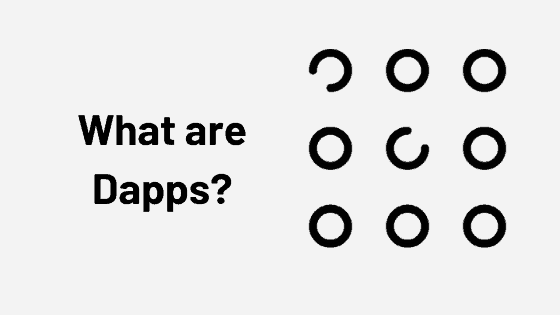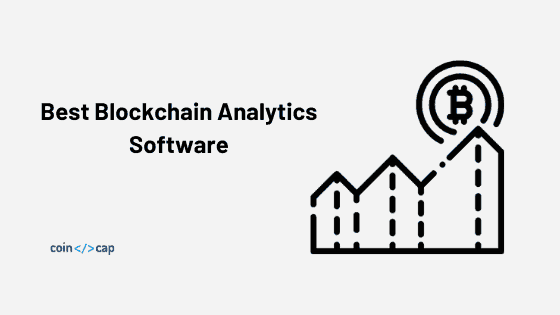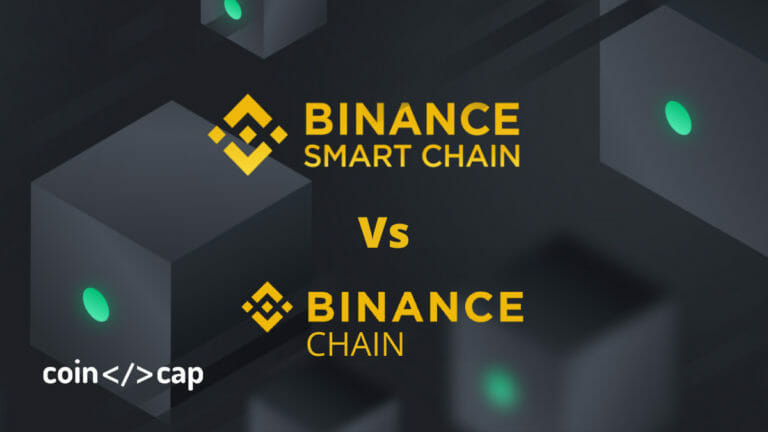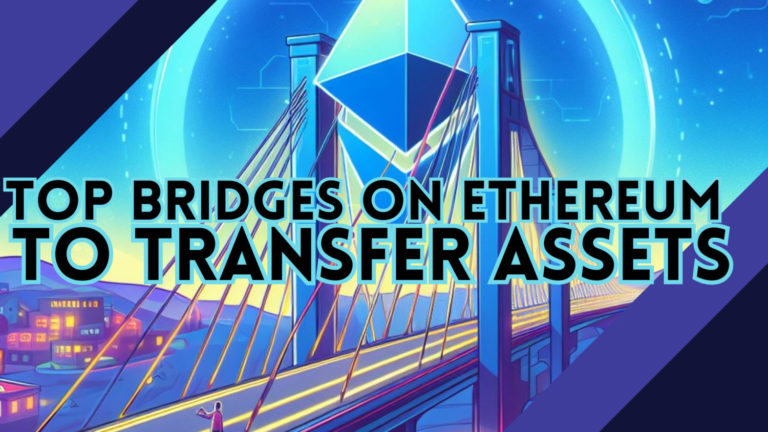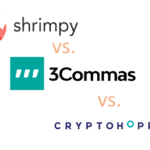Binance Chain(BC) and Binance Smart Chain(BSC) are two different blockchains. This article will discuss Binance Chain, Binance Smart Chain, consensus protocols used by them, and their features. In the end, we will also see the differences between both Binance Chain and Binance Smart Chain.
Binance Chain (BC)
Binance Chain(BC) is a blockchain developed by Binance and involved the community of Binancians. The community aimed to provide a marketplace for issuing and exchanging digital assets in a decentralized manner. The native token for Binance Chain is BNB.
Binance Chain is capable of providing the decentralized trading opportunity, and Binance DEX is the first Dapp to run on it. Binance DEX, Binance’s decentralized exchange, developed on the top of the Binance Chain. It allows users to exchange crypto assets directly with each other. It doesn’t involve any third party. Hence the transaction fee is also significantly less.
At the top-left part of the Binance DEX, there is the section of “Trading Pairs.” The trading pairs are categorized into four markets: BNB, BTC, ALTS, FIATS.
We can switch tabs to change markets. Star Icon will show your favorite trading pairs.
Binance Chain also allows BNB holders to propose new trading pairs and vote on them.
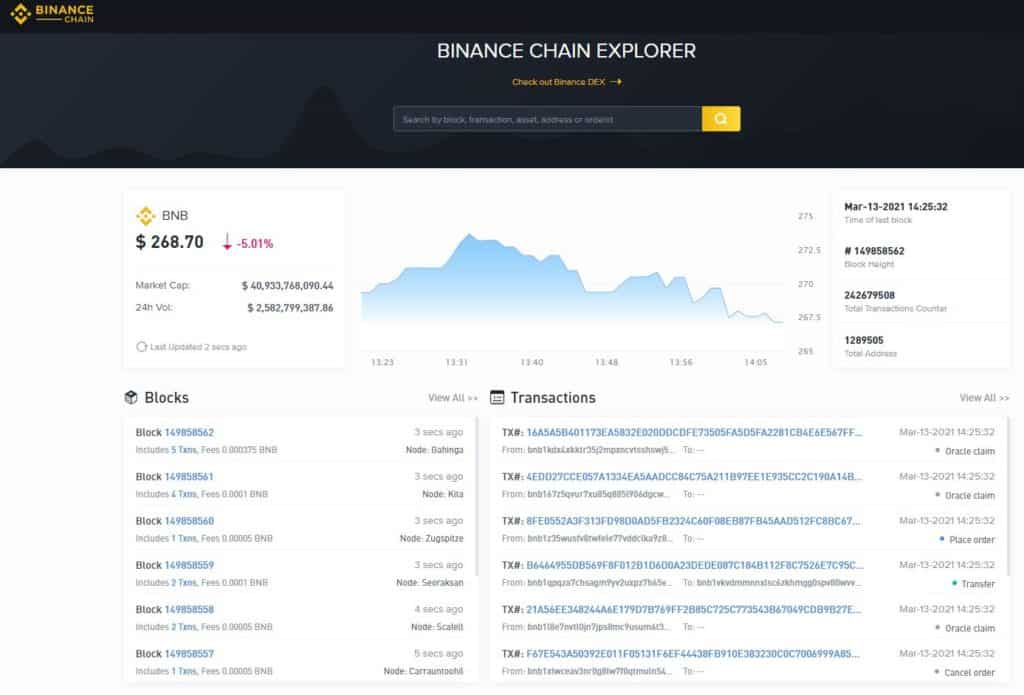
Binance Chain Explorer allows exploring and searching the Binance blockchain for transactions, tokens, addresses, prices, and other activities on the Binance chain.
Binance Chain uses Delegated Proof of Stake (DPoS) consensus protocol. We will discuss this protocol later while discussing Binanace Smart Chain.
What can you do using Binance Chain?
- Send and receive Binance coin, BNB.
- Issue new tokens by following BEP-2 standard
- Mint/burn, freeze/unfreeze, lock/unlock tokens
- Create trading pairs between two different tokens
- Buy or sell assets through trading pairs created on the chain. Binance DEX is the decentralized exchange that developed on the top of the Binance Chain. Binance DEX allows users to exchange crypto assets directly with each other.
Binance Chain is not EVM-compatible. Hence, it does not allow developers to build their Dapps using smart contracts. For this purpose, we have Binance Smart Chain.
Binance Smart Chain (BSC)
Binance Smart Chain(BSC) is an independent blockchain that runs in parallel with the Binance Chain. Binance Smart Chain brings EVM-compatible programmability and native cross-chain communication with Binance Chain.
EVM-compatible (EVM-Ethereum Virtual Machine): Allows BSC to develop and run Ethereum-based applications. It also supports all the existing Ethereum tooling along with faster finality and cheaper transaction fees. Here, finality is the moment at which transferred funds become the legal possession of the receiving party.
However, Binance Smart Chain isn’t an updated version of the Binance Chain, nor is it a layer-two platform upon the original Binance Chain. It’s an entirely separate, standalone blockchain that can continue even if the Binance Chain goes offline, but the two blockchains are ultimately designed to work in parallel.
Binance Smart Chain is also known for having Dual-chain architecture. It empowers its users to build decentralized applications and digital assets on one blockchain and take advantage of the fast trading to exchange on the other(Binance Chain).
Benefits of using Binance Smart Chain parallel to Binance Chain:
- High transaction capacity of Binance Chain
- Smart contract functionality of Binance Smart Chain

Binance Smart Chain Explorer(BscScan) allows you to explore and search the Binance smart blockchain for transactions, addresses, tokens, prices, and other activities on the Binance smart chain.
Binance Smart Chain also allows cross-chain communication with Binance Chain using Proof of Staked Authority(PoSA). Like Binance Chain, BNB is a native currency for Binance Smart Chain. Hence, Transaction fees are paid in BNB.
Proof of Staked Authority(PoSA): PoSA is a combination of Proof of Authority (PoA) and Delegated Proof of Stake (DPoS).
Proof of Stack(PoS) consensus method uses validators who forge new blocks instead of miners. The more coins you stakes, the bigger your chances of being chosen as a validator. If a validator approves malicious transactions, they will lose part of the stake and consequently lose a lot more money than they gain.
In Delegated Proof of Stake(DPoS) consensus, Users vote for nodes that will verify blocks. Nodes that are receiving votes are known as witnesses. Selected witnesses create blocks by verifying transactions. If they verify and sign all transactions in a block, they receive a reward, usually shared with those who have voted for them.
Proof of Authority(PoA) consensus method is a modified version of the Proof of Stake and participants choose a few authorities they trust and allow them to validate the transactions.
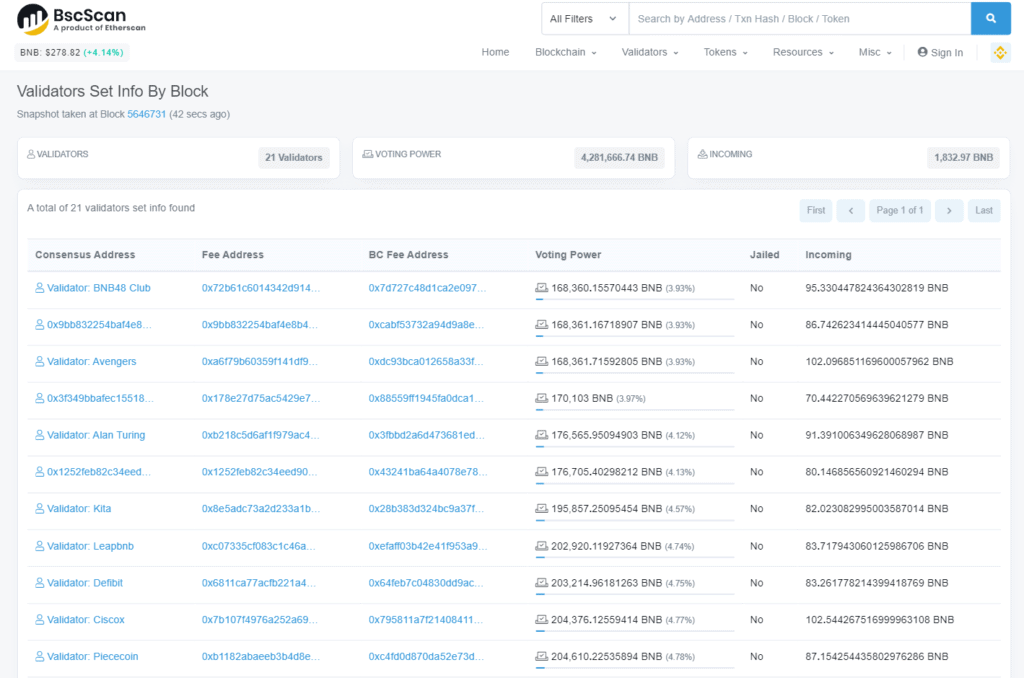
BSC uses a system of 21 validators through PoSA. A limited set of validators produces blocks; Blocks elected in and out based on staking-based governance. Validators allow taking turns to create blocks in a PoA manner.
A token standard for BSC is BEP-20 which is compatible with BEP-2 and ERC-20. It extends ERC-20 and contains more interfaces, such as getOwner and decimals.
Differences between Binance Chain and Binance Smart Chain
| Binance Chain | Binance Smart Chain | |
|---|---|---|
| Goal | Fast transaction (Decentralized) | Support smart contract-based applications |
| Consensus | DPoS | PoSA |
| No of validators | 11 | Up to 21 |
| Standard token | BEP- 2 | BEP-20 |
| Mean block time | <1s | ~5s |
Conclusion: Binance Chain vs Binance Smart Chain
So here, we can conclude:
- Binance Chain and Binance Smart Chain are decentralized blockchain networks.
- Binance Chain aims for fast transaction capability, while Binance Smart Chain is an innovation of Binance Chain supporting the development and running of Dapps.
- Binance Smart Chain is compatible with Dapps originally coded for Ethereum.
- Binance Chain uses DPoS(Delegated Proof of Stake) consensus protocol while Binance Smart Chain uses PoSA(Proof of Staked Authority) consensus protocol.
- BEP-2 denotes the token standard of the Binance Chain, and the token standard of Binance Smart Chain is indicated by BEP-20. The BEP-2 wallet address refers to Binance Chain, and the BEP-20 wallet address refers to Binance Smart Chain (BSC). Binance Chain’s BEP-2 tokens can also be swapped to BEP-20 tokens for BSC. Here, Swap is the mechanism to move cryptocurrencies from one blockchain to another.

